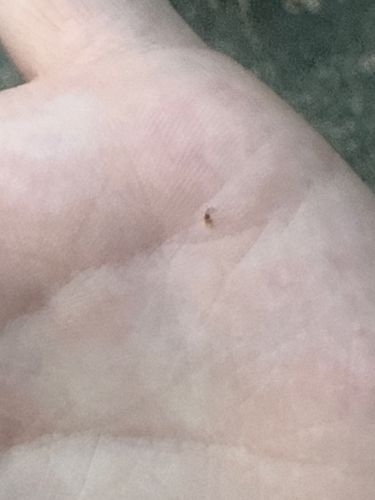Black Fly
Scientific Name: Simulium (various species)
Order & Family: Order: Diptera, Family: Simuliidae
Size: 1 to 5 mm (adults)

Natural Habitat
Black flies breed in clean, flowing water sources such as rivers, streams, and brooks. Adults are found near these water bodies, often in wooded or rural areas.
Diet & Feeding
Adult female black flies feed on blood from mammals and birds, while males feed on nectar. Larvae are filter feeders, consuming organic matter from the water.
Behavior Patterns
Female black flies bite to obtain blood meals necessary for egg production. They are most active during the day, particularly around dawn and dusk. Larvae attach to submerged vegetation or rocks in flowing water and filter feed. Adults are strong fliers and can travel many miles from their breeding sites.
Risks & Benefits
Potential Risks: Black fly bites can cause itching, swelling, and allergic reactions (known as 'black fly fever' or 'buffalo gnat blight'). They are vectors for certain diseases, most notably onchocerciasis (river blindness) in tropical and subtropical regions. Potential Benefits: As larvae, black flies play a role in aquatic ecosystems by filtering organic matter, and they serve as a food source for fish and other aquatic organisms. Adults can contribute to pollination when feeding on nectar.
Identified on: 8/14/2025